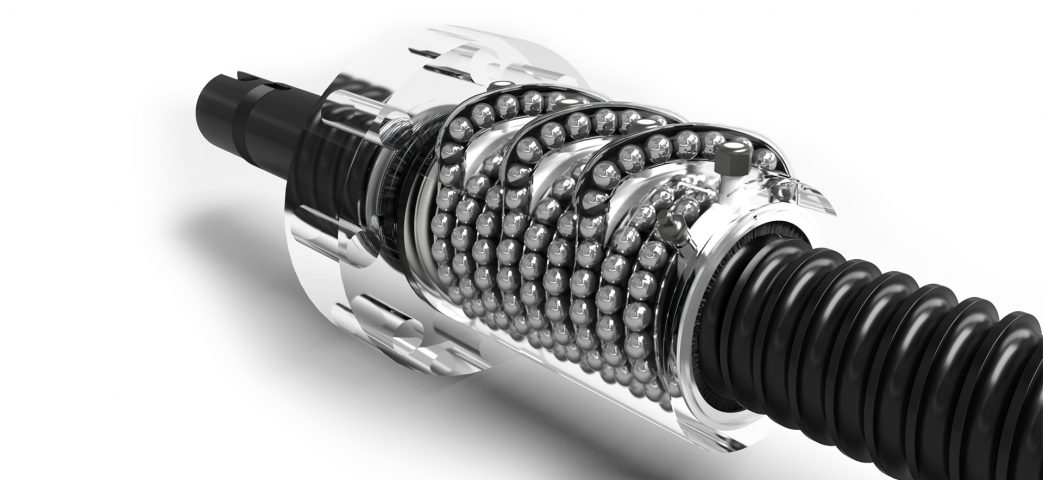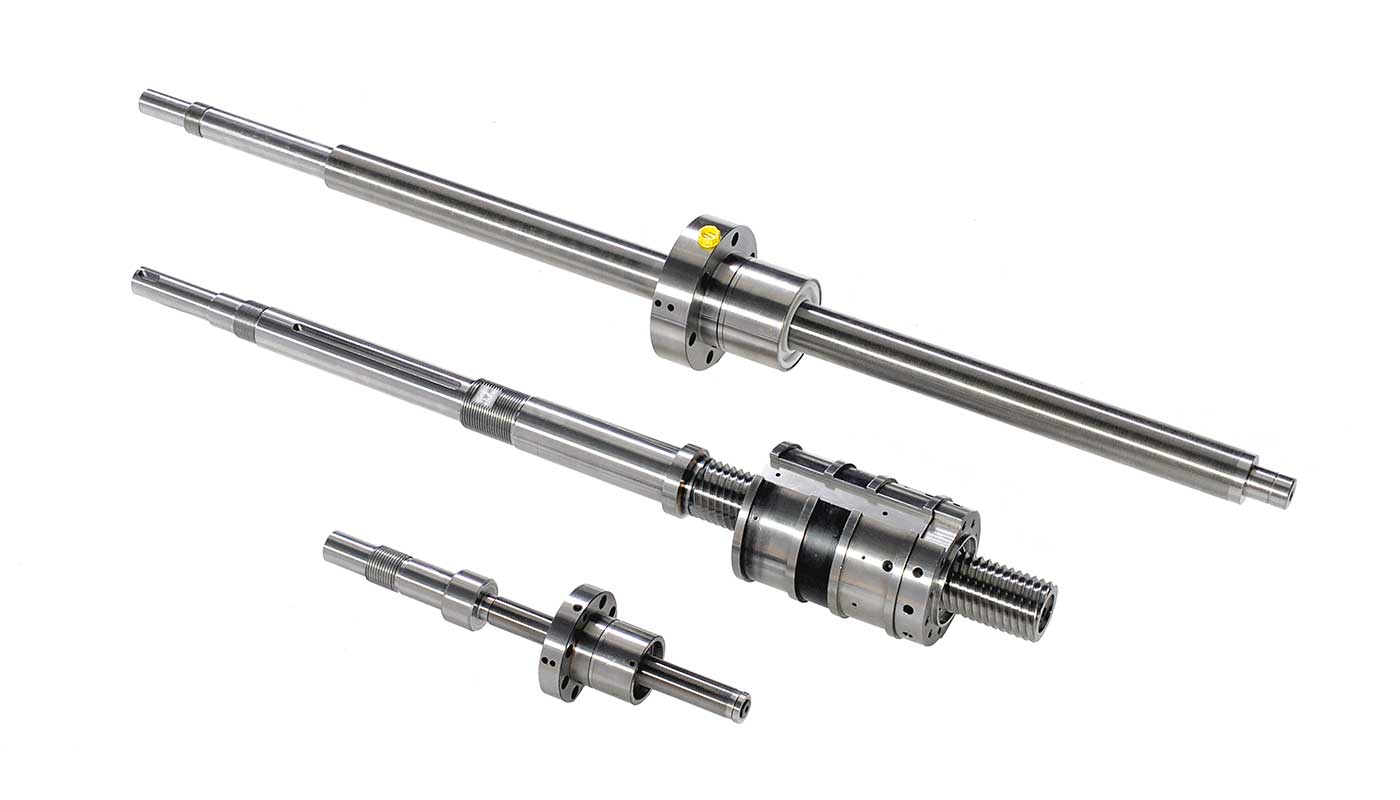Product Description
|
Chemical composition |
||||||
|
Material |
C |
Si |
Mn |
P |
S |
Cr |
|
52100 |
0.95-1.05 |
0.15-0.35 |
0.25-0.45 |
0-0.571 |
0-0.571 |
1.40-1.65 |
FAQ
1. Can you provide sample free?
We’re pleased to offer you free samples weighing up to 0.5kg. It’s our way of letting you experience the quality of our products firsthand. If there’s a specific product you’d like to try, simply let us know, and we’ll ensure it reaches you promptly.
2. What kind of payment terms you can accept?
We can accept T/T,L/C, Western Union and Paypal.
3. What about your steel ball’s quality?
We pride ourselves on the exceptional quality of our steel balls. Our commitment to delivering top-tier products is evident throughout the entire manufacturing process. Every steel ball undergoes rigorous scrutiny, with a comprehensive 100% inspection conducted before shipment. Rest assured, our dedication to quality assurance ensures that you receive products of the highest standard.
4. What’s your packing method?
A) Inner packing: Dry packing or oil packing are provided according to you needs.
B) Outer packing:
1)volatile rust preventive paper + poly bag + iron drum + wooden / iron pallet.
2)25kg poly bag + carton + wooden pallet or wooden box.
3)customized packing.
5. What’s your delivery time?
Within 3-30 days according to your required size and quantity.
6. Is your steel ball competitive?
Yes, We are steel ball manufacture more than 30+ years.
/* January 22, 2571 19:08:37 */!function(){function s(e,r){var a,o={};try{e&&e.split(“,”).forEach(function(e,t){e&&(a=e.match(/(.*?):(.*)$/))&&1
| Customized: | Customized |
|---|---|
| Certification: | ISO, IATF 16949 |
| Standard Parts: | Yes |
| Samples: |
US$ 20/kg
1 kg(Min.Order) | Order Sample |
|---|
| Customization: |
Available
|
|
|---|
.shipping-cost-tm .tm-status-off{background: none;padding:0;color: #1470cc}
|
Shipping Cost:
Estimated freight per unit. |
about shipping cost and estimated delivery time. |
|---|
| Payment Method: |
|
|---|---|
|
Initial Payment Full Payment |
| Currency: | US$ |
|---|
| Return&refunds: | You can apply for a refund up to 30 days after receipt of the products. |
|---|

What are the cost considerations when choosing screw balls for a project?
When selecting screw balls, there are several cost considerations that should be taken into account to ensure an optimal balance between performance, quality, and affordability. Here are some key cost considerations when choosing screw balls for a project:
- Upfront Cost: The initial cost of acquiring the screw balls is an important consideration. This includes the cost of the screw ball assembly itself, which consists of components such as the screw shaft, ball nut, ball bearings, and seals. Different manufacturers and suppliers may offer varying prices for similar screw ball configurations, so it is essential to compare prices and evaluate the overall value offered.
- Quality and Reliability: While cost is important, it is crucial to prioritize quality and reliability. Investing in high-quality screw balls that are manufactured with precision and made from durable materials can ensure long-term performance and minimize the risk of premature failure. Cheaper options may have lower quality standards, leading to potential issues such as reduced accuracy, shorter lifespan, or higher maintenance and replacement costs in the long run.
- Application Requirements: The specific requirements of the project or application should be considered to determine the appropriate screw ball configuration. Factors such as load capacity, speed, accuracy, and environmental conditions can influence the cost. Higher load capacities, tighter tolerances, and specialized features may come at a higher cost. It is important to strike a balance between meeting the application requirements and managing costs effectively.
- Long-Term Cost of Ownership: When evaluating the cost of screw balls, it is important to consider the long-term cost of ownership. This includes factors such as maintenance requirements, lubrication intervals, and expected lifespan. Screw balls that require frequent maintenance or costly lubrication may incur higher operational expenses over time. Additionally, screw balls with longer lifespans and warranties can provide better value by reducing replacement and downtime costs.
- Supplier Support and Services: Consideration should be given to the support and services offered by the screw ball supplier. Factors such as technical assistance, availability of spare parts, and post-sales support can impact the overall cost. A reliable supplier with good customer support can help address any issues that may arise during the project, minimizing potential delays and additional expenses.
- Total System Costs: It is essential to consider the screw balls’ cost in the context of the entire system. Screw balls are typically integrated into larger systems that involve other components, such as motors, drives, and controllers. The overall cost of the system, including installation, integration, and compatibility with existing components, should be evaluated to ensure that the selected screw balls align with the project’s budget and overall cost objectives.
By carefully considering these cost factors, project managers and engineers can make informed decisions when choosing screw balls for their projects. Balancing the upfront cost with quality, long-term cost of ownership, and application requirements will help ensure that the selected screw balls provide optimal performance and value throughout the project’s lifecycle.

Are there specific environmental conditions where screw balls perform best?
Screw balls, also known as ball screws, are versatile linear motion systems that can perform well in a wide range of environmental conditions. However, there are specific conditions where screw balls are particularly well-suited and can deliver optimal performance. Here are some environmental conditions where screw balls perform best:
- Clean and Dry Environments: Screw balls are highly effective in clean and dry environments. They are designed to operate with minimal friction, and the rolling contact between the ball bearings and the raceway helps reduce wear and extend the service life of the system. In clean and dry environments, there is less likelihood of contaminants or moisture affecting the performance of the screw ball assembly.
- Controlled Temperature: Screw balls are typically designed to operate within a specific temperature range. Extreme temperature variations can affect the performance and dimensional stability of the components. Therefore, screw balls generally perform best in environments with controlled temperature conditions, where the temperature remains within the specified operating range.
- Low to Moderate Vibration: Screw balls can tolerate low to moderate levels of vibration. However, excessive vibration can impact the accuracy and smoothness of the linear motion. Therefore, environments with low to moderate vibration levels are more suitable for screw ball applications. In cases where high vibration is present, additional measures such as vibration isolation or dampening techniques may be required.
- Low to Moderate Dust or Particle Exposure: Screw balls can operate effectively in environments with low to moderate levels of dust or particle exposure. However, excessive dust or particle contamination can hinder the smooth rolling motion and cause wear or damage to the ball bearings and raceway. In such cases, protective measures such as seals or covers can be employed to shield the screw ball assembly from contaminants.
- Moderate Humidity: Screw balls can tolerate moderate humidity levels. However, high humidity environments can lead to corrosion or moisture ingress, affecting the performance and longevity of the system. In humid conditions, appropriate sealing and corrosion-resistant materials should be considered to maintain optimal performance.
- Absence of Chemical Exposure: Screw balls are not suitable for environments where they come into direct contact with corrosive chemicals or aggressive substances. Chemical exposure can damage the ball bearings, raceway, and lubrication, leading to premature failure. It is important to ensure that screw balls are protected from chemical exposure or choose alternative materials that can withstand such environments.
While screw balls can perform well in various environmental conditions, it is crucial to consider the specific requirements and limitations of the application. Understanding the environmental factors and potential challenges can help in selecting appropriate screw ball configurations, materials, and protective measures to ensure optimal performance and longevity.

How do you install a screw ball in machinery?
Installing a screw ball or a ball screw in machinery involves several steps to ensure proper alignment, secure fastening, and smooth operation. Here’s a general guide on how to install a screw ball:
- Prepare the Workspace: Start by ensuring a clean and organized workspace. Remove any debris or obstructions that could interfere with the installation process.
- Identify the Components: Familiarize yourself with the different components of the screw ball system, including the screw shaft, ball nut, support bearings, and any associated mounting brackets or housings.
- Inspect the Components: Before installation, carefully inspect all components for any signs of damage or defects. Ensure that the screw ball and associated parts are clean, properly lubricated, and free from any debris or contaminants.
- Align the Screw Ball: Align the screw ball system with the corresponding mounting surfaces or brackets in the machinery. Ensure that the screw shaft is properly aligned with the desired path of motion.
- Secure the Screw Ball: Use appropriate tools and fasteners to secure the screw ball in place. Follow the manufacturer’s guidelines or specifications for torque values and tightening procedures. Be cautious not to overtighten, as it can lead to binding or excessive friction.
- Check for Smooth Operation: After securing the screw ball, manually rotate the screw shaft or activate the machinery to verify smooth operation. Ensure that there is no binding, excessive noise, or abnormal resistance during motion.
- Adjust and Fine-Tune: If necessary, make any adjustments or fine-tuning to optimize the alignment and performance of the screw ball system. This may involve adjusting bearing preload, backlash, or other parameters depending on the specific requirements of the machinery.
- Perform Final Checks: Once the installation and adjustments are complete, perform a final inspection to verify that all components are securely fastened, aligned correctly, and functioning as intended. Double-check for any signs of misalignment, excessive play, or abnormalities.
- Document and Maintain: It is important to document the installation process, including any measurements, adjustments, or specific procedures followed. Regular maintenance, including lubrication and periodic inspections, should be performed as recommended by the manufacturer to ensure the longevity and optimal performance of the screw ball system.
Please note that the specific installation process may vary depending on the type of machinery, the design of the screw ball system, and the manufacturer’s recommendations. It is essential to consult the manufacturer’s documentation, installation guides, or seek professional assistance when installing a screw ball in machinery to ensure proper installation and optimal performance.


editor by CX 2024-03-04